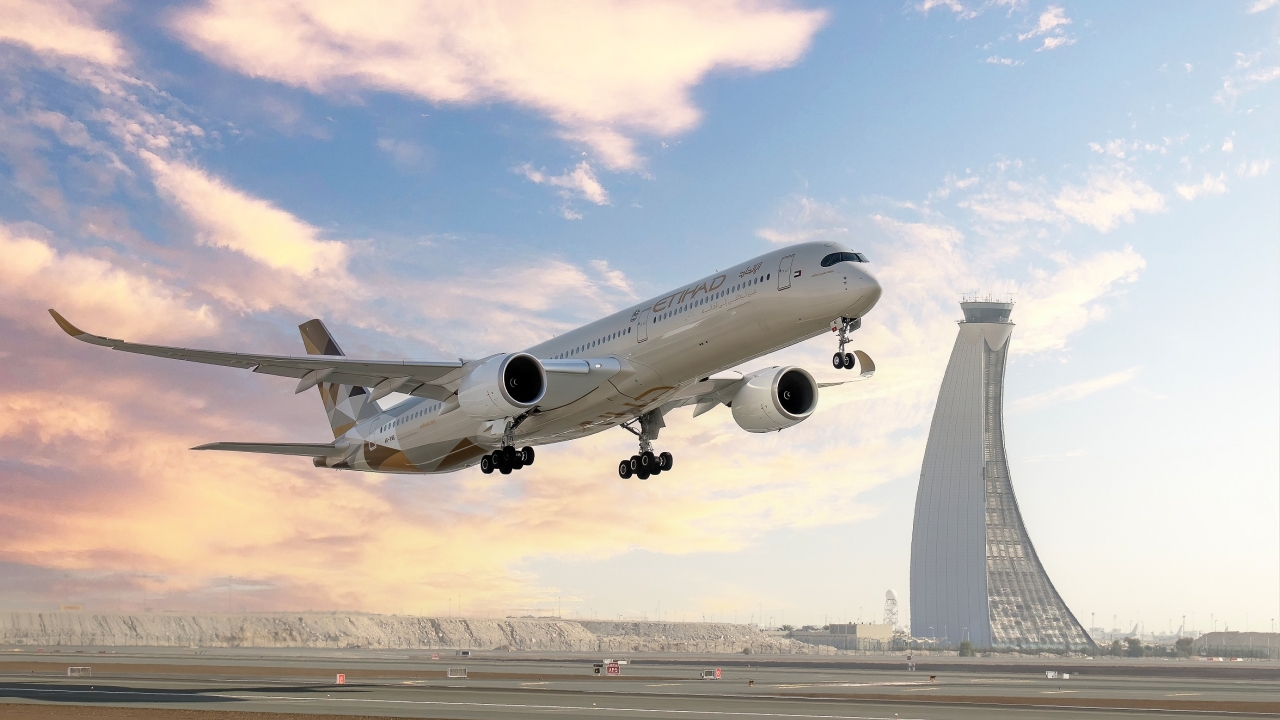Omani cargo plans start with a village
Oman has given the go-ahead to an air cargo facility at Muscat International Airport. Projected to start operations in June 2019, the centre is estimated to bring in $78 million revenue by 2020.

The venture was first suggested by Tanfeedh (the national programme for enhancing economic diversification) and is one of 16 related investments and initiatives by the Omani Government to create a logistics-centric economy in the sultanate.
The air cargo village’s facilities will include warehouses, freight-forwarding and cargo-handling, customs and inspection areas, and distribution. Specialist-handling areas for perishables, pharmaceuticals, live animals and valuables are also planned.
The village will actively assist multimodal cargo transfer. “To promote multimodal transportation in cargo-handling, the village project [will create] multiple modes of transportation that operate round-the-clock to support shipping and packaging,” said a Tanfeedh spokesperson.
Oman Air Cargo will be central to the operations. Mohammed Al Musafir, senior vice-president – commercial cargo, at the airline, said: “This state-of-the-art cargo-handling facility will offer Oman Air the opportunity to carry more consignments than ever before, further specialise its product offering and support the cargo division’s growth strategy.”
Al Musafir said the airline had ambitious plans to grow its cargo share in the Middle East by trying to take on the market leaders like Emirates SkyCargo, Qatar Airways Cargo and Saudia Cargo. That would take a massive investment, not only in aircraft and facilities, such as the air cargo village, but also skilled employees and IT support.
Oman Air already operates a joint venture with Cargolux for cargo flights to Chennai and Mumbai, but Al Musafir claims one current plan is to increase leased freighters to improve services to hub destinations in Africa, Europe, the Indian subcontinent and the Far East.
Supporting those flights will be the air cargo village, which he suggests will position Oman into becoming not only a successful transit hub in its own right, but also the cargo gateway of the Middle East.
That kind of positioning will require some heavy commitment, but with Oman having a higher gross domestic product per capita than Japan or the UK, it may just have what it takes.
Stay up to date
Subscribe to the free Times Aerospace newsletter and receive the latest content every week. We'll never share your email address.

